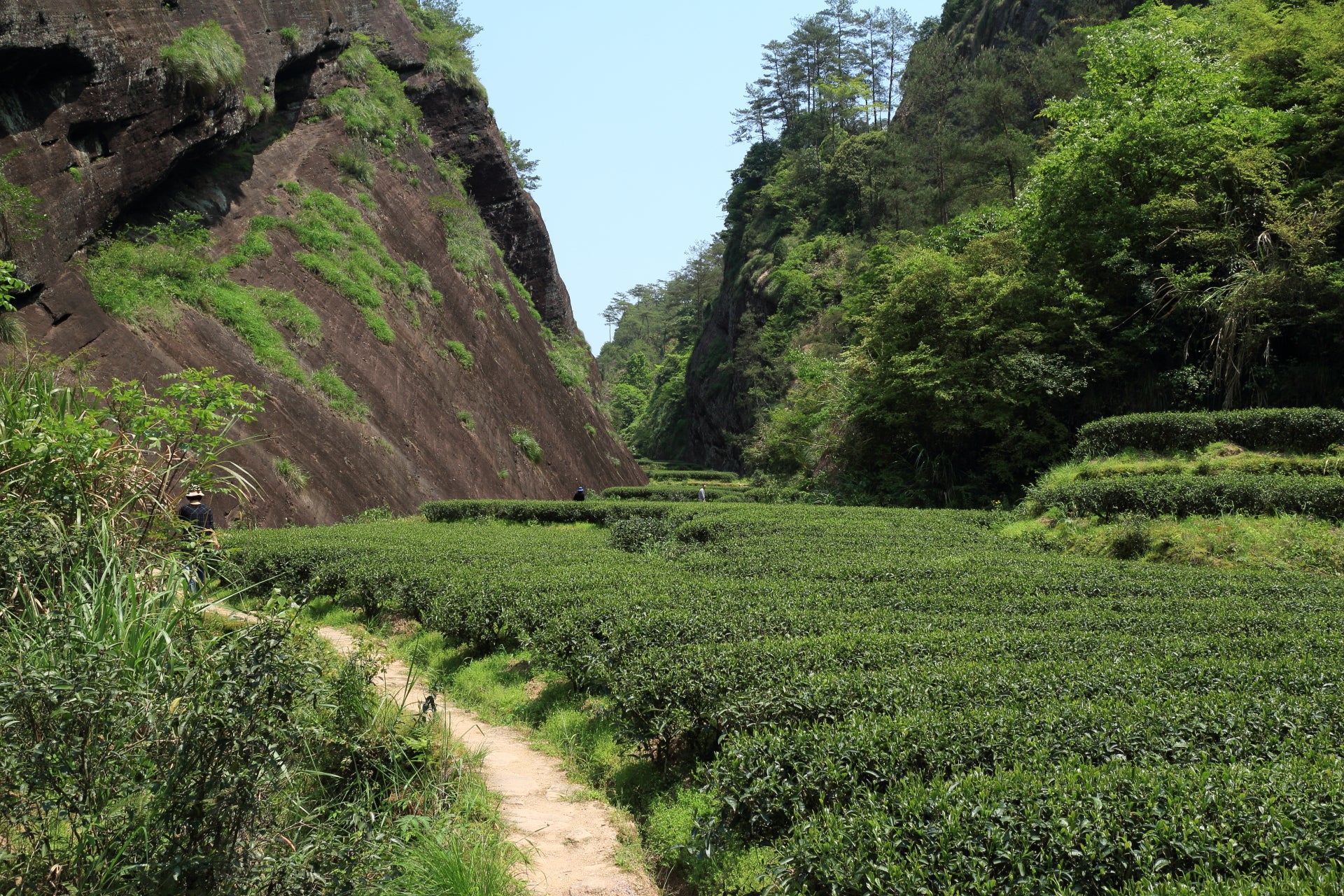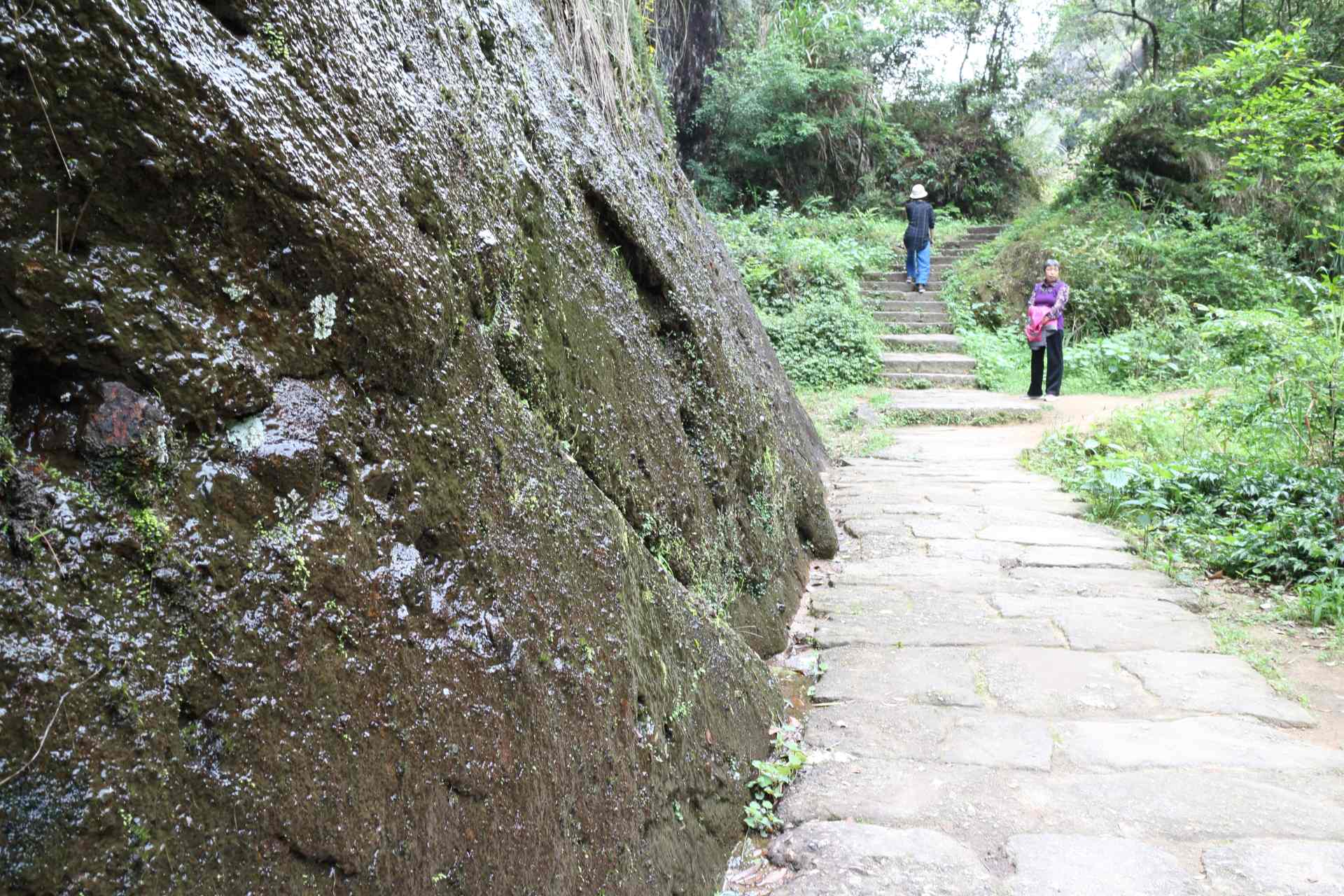Da Hong Pao (viermal geröstet)
Die dunklen Oolongs aus Wuyishan sind für ihre ausgeprägte Röstung bekannt, die in der Regel nach der Verarbeitung wiederholt wird, um den Geschmack zu erhalten und zu entwickeln, aber dieser Da Hong Pao wurde seit seiner Ernte viermal geröstet! Erwarten Sie jedoch kein Holzkohlebündel: Der Körper ist rund mit einer holzigen Süße und einem angenehmen Hauch von Rauch. Noten von roter Johannisbeere und gekochtem Apfel gehen über in einen Hauch von Zimt und eine leichte Herbheit. Kenner des Da Hong Pao werden eine authentische Interpretation zu schätzen wissen, die den Reichtum des Geschmacks beibehält, der dieser Sorte zu ihrem Ruhm verhalf.
- HERKUNFT: Xianrenyan, Wuyishan, Nanping, Fujian, China
- WAS DER NAME BEDEUTET: Große Rote Robe (da hong pao)
- RÖSTUNG: Viermal
- ZÜCHTUNG: Teemischung von Meister Tu
- GEERNETET AM: 2018
- GESCHMACK: Rote Johannisbeere, Zimt, Holzkohle
- Menge: 6g / 500ml
- Wassertemperatur: 90°C
- Ziehzeit: 5 Min.
- Menge: 3g / 100ml
- Wassertemperatur: 90°C
- 4 Aufgüsse: 45, 60, 60, 90 Sek.
Die besten Ergebnisse beim Gongfu Cha erzielen Sie, wenn Sie den Tee im traditionellen Gaiwan oder in einer Yixing-Teekanne zubereiten. Eine zu hohe Wassertemperatur könnte die Blätter verbrennen und zu einem bitteren Geschmack führen.
Additional Information
Authentic Wuyi Yan Cha is produced in the Wuyi Mount region, a UNESCO natural heritage site. The dramatic gorges of the Nine Bend River are surrounded by a largely intact subtropical forest and smooth cliffs of black-brownish rocks. The tea plants grow in narrow valleys, next to the cliffs, in a mineral-rich soil.
Today Wuyi Yan Cha is one of the most valued teas in China. Because it has become a status symbol, many wealthy Chinese are willing to pay a fortune for it without even knowing how a proper Wuyi Yan Cha should taste. The result has been prices inflating to unjustified level and quality often sacrificed for quantity.
Unique to the Wuyi Yan Cha is a mineral savor coming from the soil and the surrounding cliffs. Being the oolong with the highest fire finish, fresh Yan Cha may as a result be strong and pungent. Sharpness and too-prominent astringency subside upon ageing. Premium high-fire Yan Cha tastes better after a few years of storage. Use a Yixing teapot to soften the tea, should it be too astringent for your palate.
The overall tasting profile is rich, complex, and deep. Depending on cultivar and environment, the mineral-roasted flavor is refined by floral, fruity, nutty or woody accents.










